
What is Osteoporosis
Osteoporosis is a medical condition in which bones gradually loose mass and structure (bone looks like a sponge surrounded with a solid shell, loss of bone structure means that cavities in the spongy part become larger, while solid outer shell becomes thinner), which often leads to broken bones and fractures. Typical locations of such "osteoporotic fractures" are hips, wrists and vertebrae. When bones become weak and brittle, it takes only little amount of force to break them. So, even most harmless actions like bending, leaning on something, even moving an object can overload the weakened bone and cause a fracture.
Osteoporosis is typically the disease of the elderly and it predominantly affects women, but it can strike anybody, of any sex or age. In the United States 10 million people suffer from osteoporosis and eighteen million people have low bone mass and are in a risk group. As much as two million fractures in the United States are caused by osteoporosis every year. Because of typical locations of osteoporotic fractures, osteoporosis is regarded as a potentially crippling disease.
Indicators
Bone loss happens without telltale symptoms, and osteoporosis is therefore dubbed "silent disease". Most people will not realize that they are affected by osteoporosis until they break a bone and find out why that happened in the hospital. If one or more of the vertebrae collapses (caves in), symptoms could comprise back pain, kyphosis (curvature of the spine that resembles letter C) and loss of height.
Causes
Bones are one of the most active tissues in the organism. They constantly and simultaneously undergo destruction of old tissue and its replacement with new tissue. Once you near the forties, the rebuild process slows down and you very gradually begin to loose more bone than you make. How long will it take to reach a critical point depends on the initial amount of bone at the time of slowdown and rate at which you loose bone mass. Dropping estrogen levels after menopause particularly increases bone loss. Other, non-systemic factors include long-term use of certain medications, kidney failure, impaired function of adrenal and/or thyroid glands, and insufficient intake of vitamins A, D, K, and calcium.
Risk factors
All are susceptible, but females, elderly, sedentary, and thin people are more prone to osteoporosis.
Prevention
Early prevention would include making as much bone as you can, which means that you should be physically active to make more bone at first, and later, to stimulate bone growth. Clinics offer various exercise programs for people who are at risk of osteoporosis. For post menopause women, estrogen replacement therapy may be beneficial, but it has numerous, dangerous side effects.


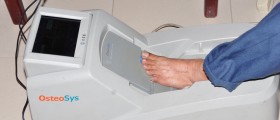

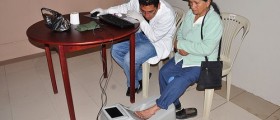
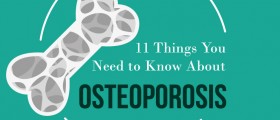



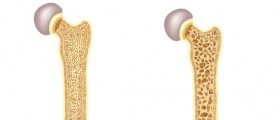




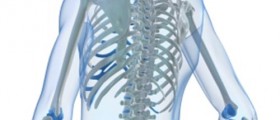


Your thoughts on this
Loading...